
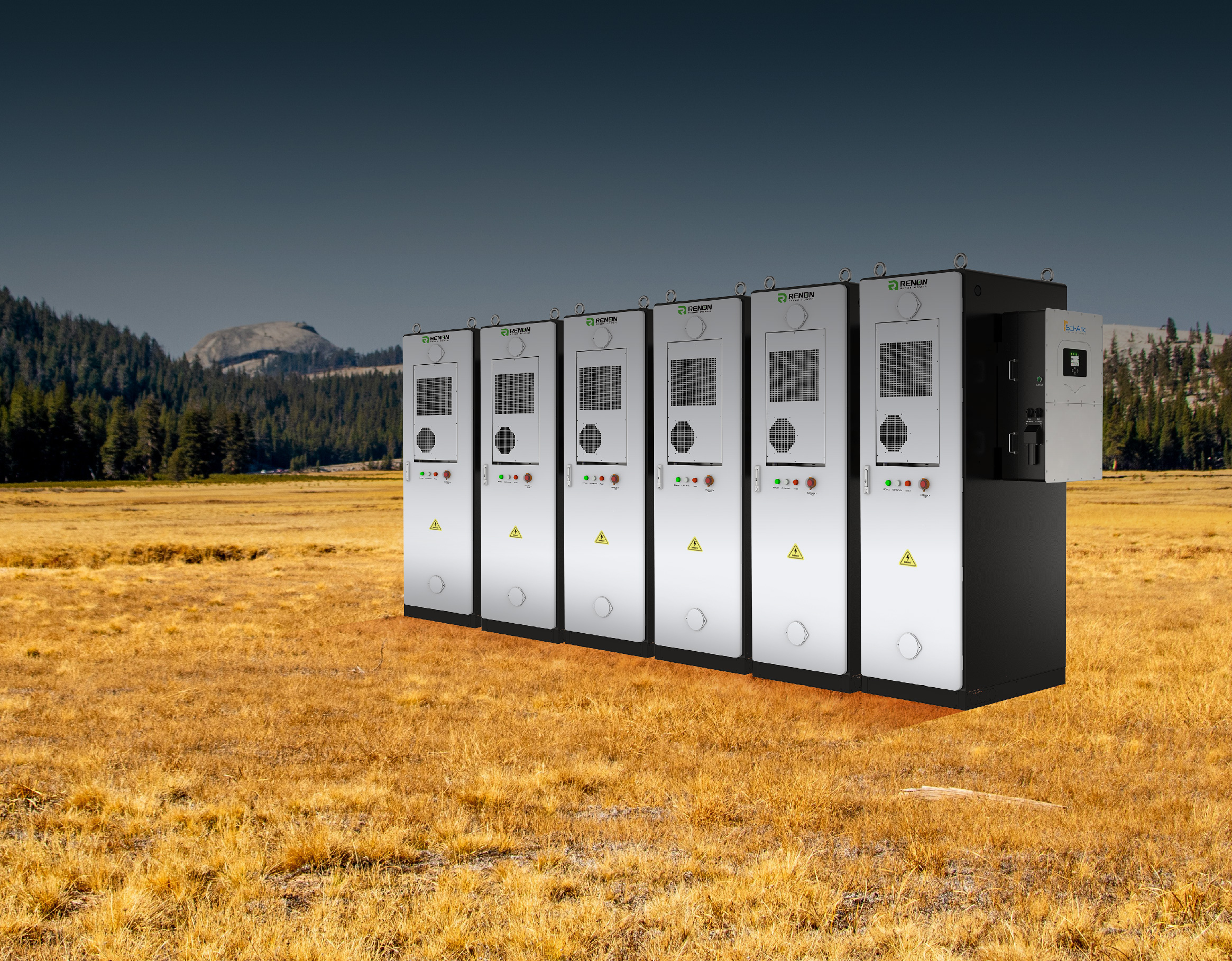
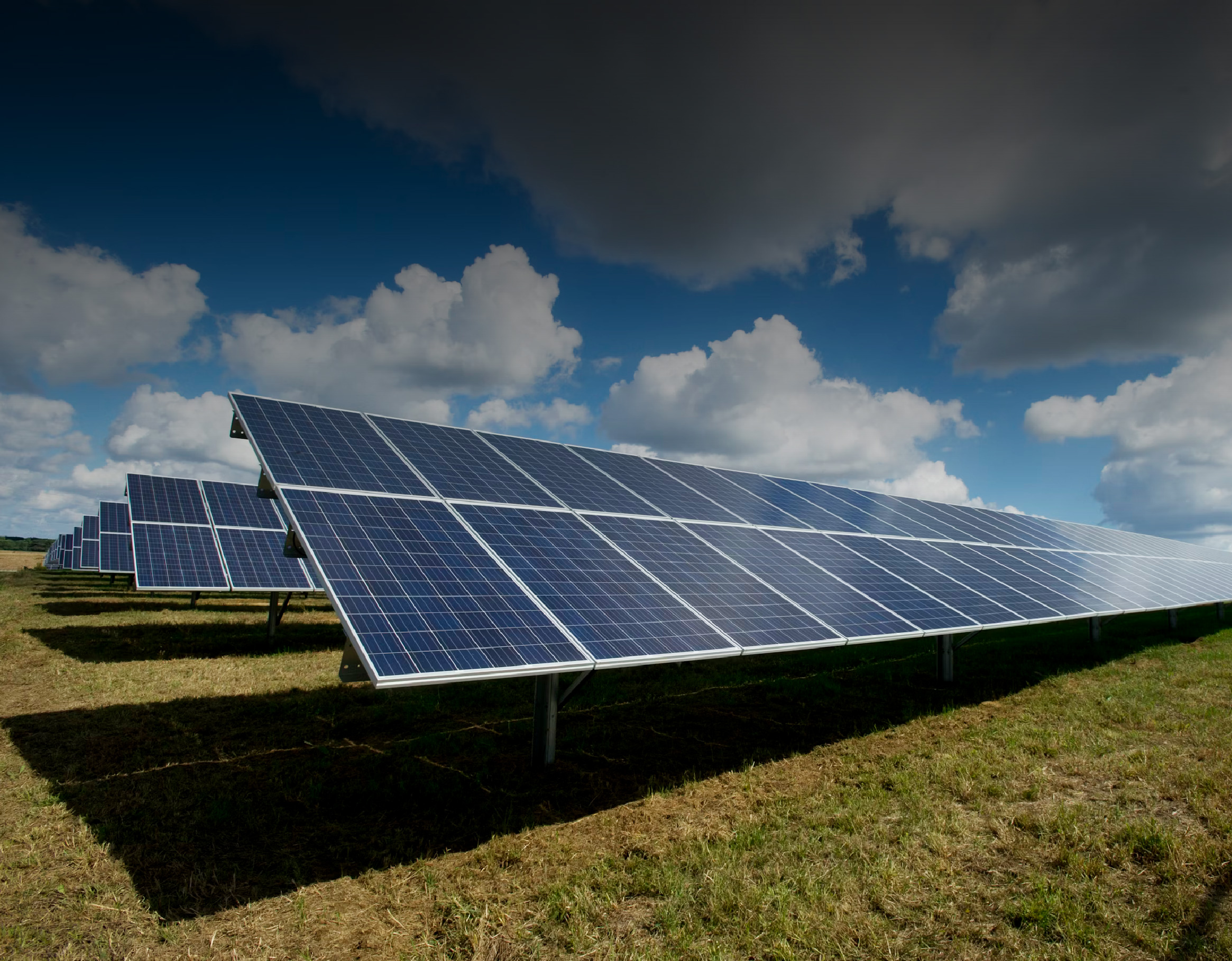
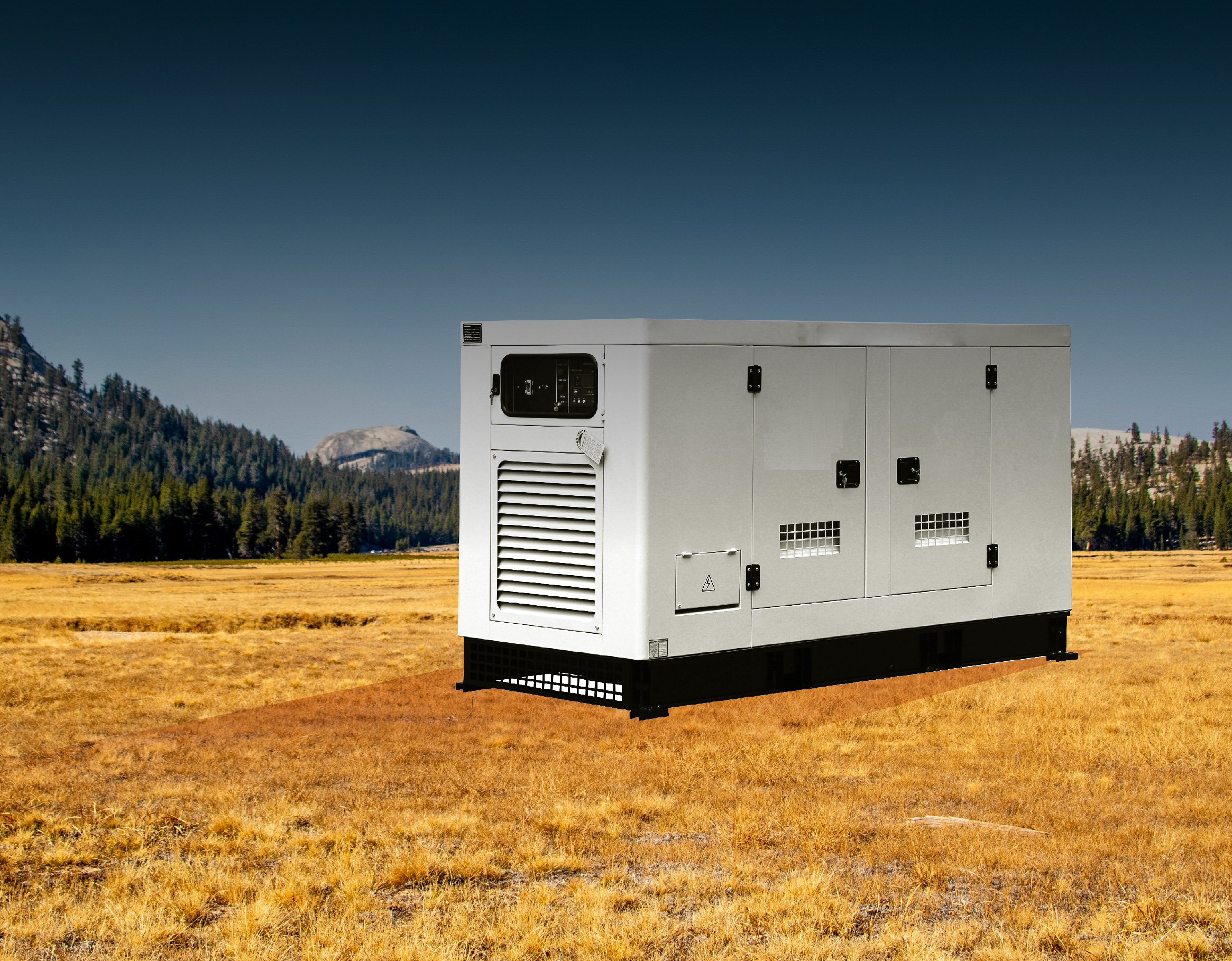


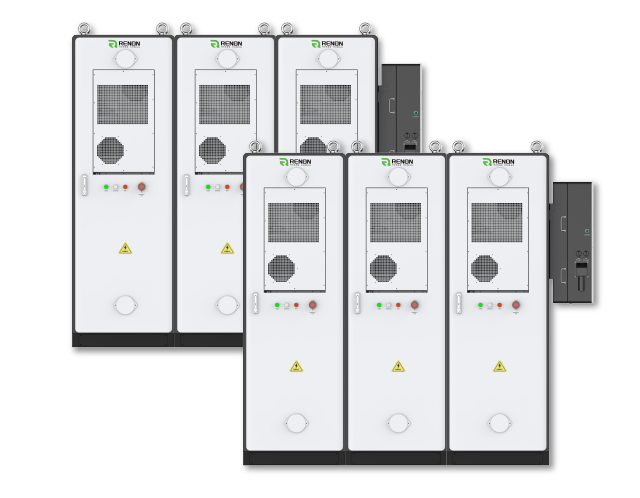



Battery Energy StorageCell ChemistryModule Energy (kWh)Module Nominal Voltage (V)Module Capacity (Ah)Battery Module Co...
The system uses high-quality battery cells with intelligent BMS and thermal management to enhance battery life and energy density, reducing total cost of ownership (TCO).
65kWh*0.4
Robust safety measures ensure stable operation in extreme conditions, minimizing fire risks and protecting assets. Solar self-consumption reduces dependence on fossil fuels and lowers carbon emissions, supporting sustainability goals.
Integrated BMS and remote monitoring enable real-time battery management and preventive maintenance, minimizing downtime. The intuitive system design makes it easy for staff to operate, reducing training costs.
$26*30
$80*365
$9,490*10
Selection: 60kWh battery capacity.
Rationale: The 60kWh capacity was chosen based on the convenience store s average daily power consumption and emergency backup requirements, ensuring adequate power supply during non-peak hours and several hours to half a day of operation during outages.
Benefits: This battery capacity meets daily energy needs, provides reliable backup during power outages, and ensures continuous operation of critical functions.
Advantage: The 60kWh battery reduces grid reliance, enhances operational resilience, and maintains business continuity during emergencies.

Through this configuration, the convenience store will significantly reduce its reliance on the traditional grid, enhance energy efficiency, and strengthen its power resilience, providing more reliable service to both customers and the community.
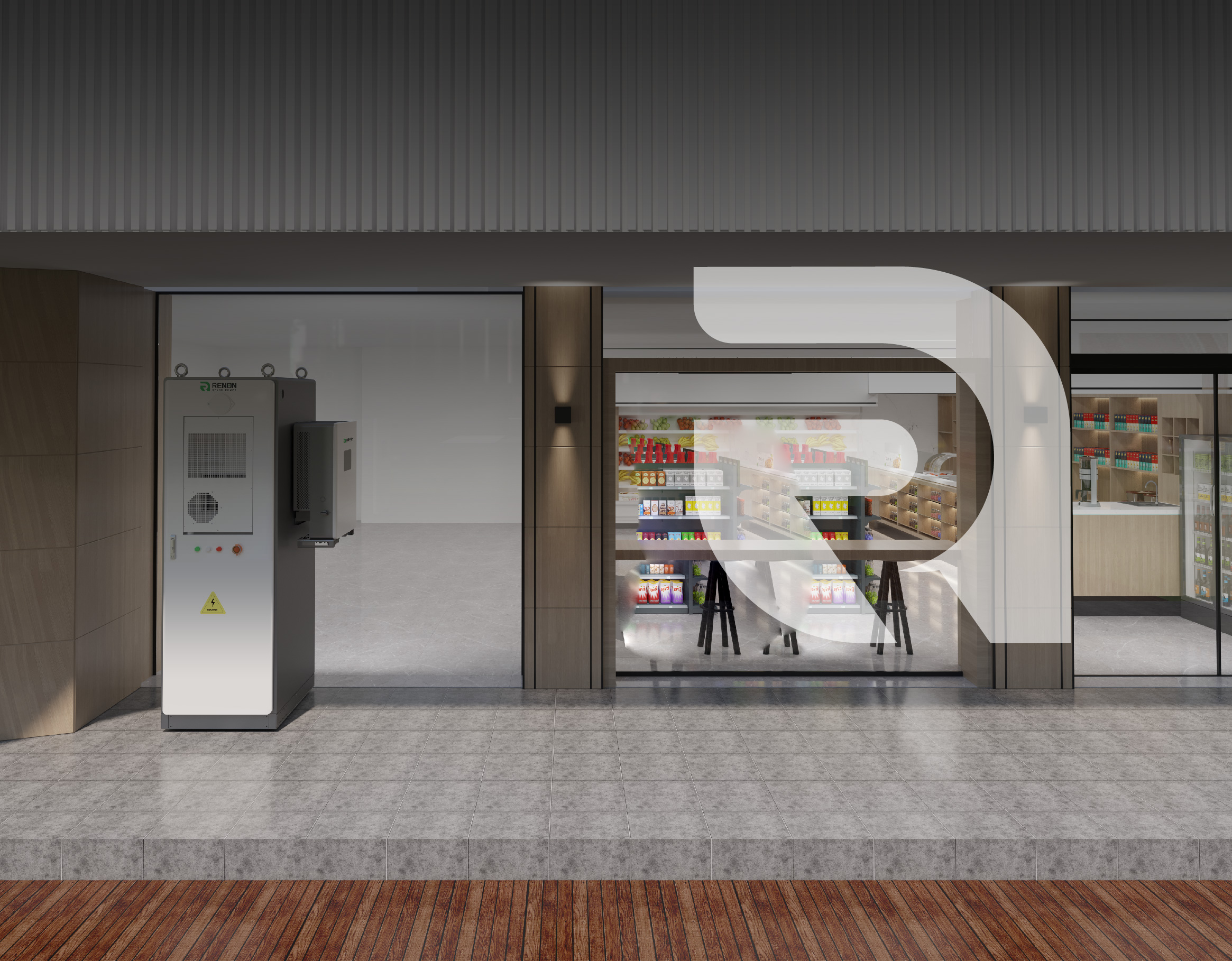
The system features an advanced Battery Management System (BMS) that monitors key parameters to maintain optimal battery performance and lifespan. Integrated thermal management with efficient cooling ensures safe operation even in extreme temperatures, preventing overheating and maintaining reliability.
Selection: 30kW Power Conversion System (PCS) with MPPT and STS.
Rationale: The 30kW PCS was selected for its ability to charge the battery from both the grid and solar array and to convert battery-stored DC power into AC for store use, efficiently managing peak power demands.
Benefits: This configuration provides dual functionality, supports high-efficiency charging and discharging, and ensures rapid response to power needs.
Advantage: The 30kW PCS enhances power management flexibility, improves energy efficiency, and supports reliable operation during peak and emergency conditions.

An intelligent energy management system will optimize the coordination of solar and storage systems using real-time electricity prices and weather data, maximizing economic efficiency.
A remote monitoring platform will be established to regularly check system performance and quickly address potential issues, ensuring long-term stability.

Equipped with smoke detectors and aerosol fire suppression, the system offers robust safety measures. It supports seamless integration with photovoltaic panels and diesel generators, allowing flexible energy switching to enhance stability.
Selection: 15kW photovoltaic array.
Rationale: The 15kW solar array was chosen based on local sunlight intensity and available rooftop space, with an expected daily generation of 75kWh from approximately 5 hours of sunlight.
Benefits: This setup maximizes solar energy utilization, reduces reliance on the grid, and enables battery charging during the day for use at night.
Advantage: The 15kW photovoltaic array effectively leverages solar power, providing a sustainable energy source and minimizing operational costs.

A battery system with 30kW power and 60kWh storage capacity will store excess energy and provide power during nighttime or cloudy days.

High-quality battery cells combined with smart management extend battery life and reduce operational costs. The system promotes sustainability by using solar energy and provides real-time monitoring for proactive maintenance, enhancing overall efficiency and ease of use.
Rooftop solar panels will be installed to generate solar energy, covering most of the convenience store s daily power needs.

The Texas electricity market, governed by the Electric Reliability Council of Texas (ERCOT), is a highly competitive wholesale market with significant price volatility. During peak demand periods, electricity prices can spike, increasing operational costs for the convenience store. The energy storage system will mitigate this by charging during off-peak periods and discharging during peak times to reduce electricity expenses.
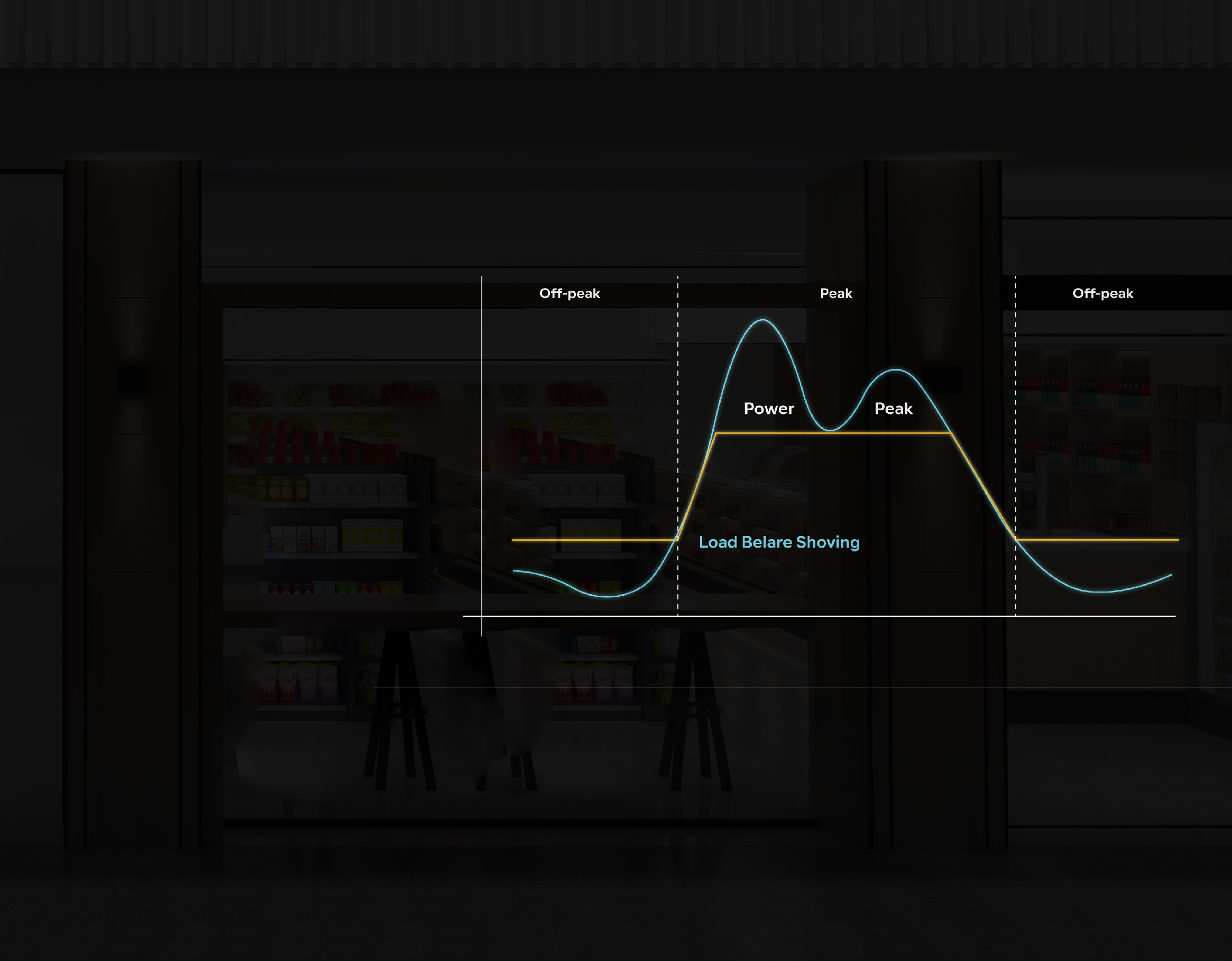
Situated in central Texas, the project faces the dual challenges of extreme heat in summer and severe cold in winter. This region experiences peak energy demand, particularly during hot summers when air conditioning load surges, placing pressure on the grid.


Location: Situated in Minato, Tokyo, a bustling commercial hub.
Power Demand: High, with 24/7 operations and heavy foot traffic, especially during peak hours.
Environmental Focus: Committed to reducing carbon footprint and enhancing sustainability.
Emergency Preparedness: Requires stable backup power due to frequent earthquakes in Tokyo.

California is at the forefront of renewable energy development in the United States, with abundant solar and wind resources. However, as renewable energy capacity grows, power fluctuations and curtailment of wind and solar power have become significant challenges, impacting grid stability. To address these issues, energy storage systems have become essential. The 200MWh energy storage site integrates storage with solar power generation, effectively balancing energy supply and demand, smoothing renewable energy output, and reducing curtailment. Additionally, this project explores the application of renewable energy in the spot market, providing robust technical support for California’s energy transition and grid reliability.
The peak shaving and valley filling strategy enables the energy storage system to charge during high solar output periods (typically daytime) when grid demand is low and discharge during low solar output periods (such as nighttime) when grid demand is high. This approach helps balance the supply and demand of the grid, reducing reliance on costly peak electricity and enhancing the economic and operational stability of the power system.
The BMS monitors key battery health parameters such as voltage, current, and temperature, ensuring optimal performance and extending battery lifespan by maintaining the system in its best operating condition.
This advanced solar PV system integrates seamlessly with energy storage to enhance efficiency, smooth power fluctuations, and maximize the use of renewable resources. Turn sunlight into a reliable, stable, and profitable energy solution for a sustainable future.
Equipped with a built-in cooling air conditioning system, the battery cabinets maintain optimal temperatures even under extreme Texas summer heat. This high-efficiency cooling system prevents overheating, thereby avoiding performance degradation and safety risks, ensuring reliable and safe battery operation.
Beyond conventional energy storage and emergency backup functions, the system seamlessly integrates with solar panels and diesel generators, enabling flexible switching between multiple energy sources and enhancing the stability of energy supply.
This system features 120 ten-foot battery containers (BESS) and 40 twenty-foot 3450kWh boost converter integrated cabinets (ATEPS), utilizing a modular design for efficient energy storage and power conversion. The battery containers provide large-capacity storage, ensuring stable energy retention and release, while the boost converter cabinets elevate voltage and stabilize output for seamless grid integration. This combination not only enhances overall system performance but also provides robust support for flexible dispatch and reliable power supply.
The meticulously designed airflow duct ensures smooth air circulation and even distribution of cool air, enhancing cooling efficiency while minimizing noise pollution.
Equipped with a built-in cooling air conditioning system, the battery cabinets maintain optimal temperatures even under extreme Texas summer heat. This high-efficiency cooling system prevents overheating, thereby avoiding performance degradation and safety risks, ensuring reliable and safe battery operation.
The intelligent energy management systemcoordinates the operation of photovoltaics,energy storage, and diesel generators to deliverefficient and stable power supply.
Smoke Detectors: Equipped with high-sensitivity smoke detectors, the system immediately triggers an alarm upon detecting abnormal smoke, providing crucial time for emergency response. Perfluorohexanone Fire Suppression System: Utilizing advanced heptafluoropropane fire suppression technology, the system rapidly releases extinguishing agents, effectively controlling the fire source and protecting the batteries from fire damage.
This energy storage system balances supply and demand, improves resource utilization, and optimizes costs, delivering significant stability and economic advantages to the local power market and becoming a crucial support for energy transition.
Selection: 120 units with 1.67MWh battery capacity each. Rationale: The 1.67MWh capacity per unit was chosen based on the specific requirements of the frequency regulation project, incorporating redundancy into the design. Benefits: This capacity meets the on-site frequency regulation demands while enhancing system reliability and flexibility. Advantage: The 1.67MWh capacity per unit ensures stable and continuous operation, boosting overall system performance and resilience.
Selection: 40 units of 3450kW PCS integrated boost converter cabinets. Rationale: The 3450kW PCS units were selected to meet the project s power needs, featuring on-grid and off-grid switching capabilities and accepting EMS dispatch commands. Benefits: These units support primary and secondary frequency regulation, AVC with SVG, island protection, high and low voltage ride-through, black start, and high-voltage grid connection with transformers. Advantage: The 3450kW PCS units enhance system control and operational flexibility, ensuring reliable and efficient performance in diverse grid conditions.
System EnergyMax. PowerMPPT Voltage RangeSwitch TimeRated Output PowerRated Voltage368.64kWh90kW80~520V
1760kWh*0.37
$65,120*30
$65,120*365
$23,768,800*10

Located in California, USA, the local power supply faces challenges such as the volatility of renewable energy, wind and solar curtailment, and grid stability. Photovoltaic generation s output fluctuations need to be managed to ensure a stable power supply. Additionally, issues with overgeneration and insufficient grid capacity require addressing. Grid stability is crucial, with energy storage systems providing essential frequency regulation and backup capacity. Managing peak power demand and optimizing charge and discharge strategies to handle price fluctuations in the spot market are also key challenges.
The peak shaving and valley filling strategy enables the energy storage system to charge during high solar output periods (typically daytime) when grid demand is low and discharge during low solar output periods (such as nighttime) when grid demand is high. This approach helps balance the supply and demand of the grid, reducing reliance on costly peak electricity and enhancing the economic and operational stability of the power system.
The BMS monitors key battery health parameters such as voltage, current, and temperature, ensuring optimal performance and extending battery lifespan by maintaining the system in its best operating condition.
This advanced solar PV system integratesseamlessly with energy storage to enhanceefficiency, smooth power fluctuations, andmaximize the use of renewable resources. Turnsunlight into a reliable, stable, and profitableenergy solution for a sustainable future.
Equipped with a built-in cooling air conditioning system, the battery cabinets maintain optimal temperatures even under extreme Texas summer heat. This high-efficiency cooling system prevents overheating, thereby avoiding performance degradation and safety risks, ensuring reliable and safe battery operation.
Beyond conventional energy storage and emergency backup functions, the system seamlessly integrates with solar panels and diesel generators, enabling flexible switching between multiple energy sources and enhancing the stability of energy supply.
The system comprises 300 x 10-foot battery storage containers (BESS) and 150 x 20-foot 1725kWh boost converter-integrated storage units (ATEPS). It functions as a high-voltage grid-connected frequency regulation system, fulfilling both primary and secondary frequency regulation needs. Frequency regulation is a crucial component for the stable operation of the power system, ensuring that the grid frequency remains at a stable level to meet supply and demand balance requirements.
The meticulously designed airflow duct ensures smooth air circulation and even distribution of cool air, enhancing cooling efficiency while minimizing noise pollution.
Equipped with a built-in cooling air conditioning system, the battery cabinets maintain optimal temperatures even under extreme Texas summer heat. This high-efficiency cooling system prevents overheating, thereby avoiding performance degradation and safety risks, ensuring reliable and safe battery operation.
The intelligent energy management systemcoordinates the operation of photovoltaics,energy storage, and diesel generators to deliverefficient and stable power supply.
Smoke Detectors: Equipped with high-sensitivity smoke detectors, the system immediately triggers an alarm upon detecting abnormal smoke, providing crucial time for emergency response. Perfluorohexanone Fire Suppression System: Utilizing advanced heptafluoropropane fire suppression technology, the system rapidly releases extinguishing agents, effectively controlling the fire source and protecting the batteries from fire damage.
Energy storage systems will play an increasingly important role, not only in optimizing grid stability and renewable energy utilization but also in further promoting the use of renewable energy, reducing reliance on fossil fuels, and helping to lower carbon emissions, thus supporting the achievement of global climate goals.
Selection: 300 units with 1.67MWh battery capacity each. Rationale: The 1.67MWh capacity per unit was chosen based on the specific requirements of the frequency regulation project, incorporating redundancy into the design. Benefits: This capacity meets the on-site frequency regulation demands while enhancing system reliability and flexibility. Advantage: The 1.67MWh capacity per unit ensures stable and continuous operation, boosting overall system performance and resilience.
Selection: 150 units of 1725kW PCS integrated boost converter cabinets. Rationale: The 1725kW PCS units were selected to meet the project s power needs, featuring on-grid and off-grid switching capabilities and accepting EMS dispatch commands. Benefits: These units support primary and secondary frequency regulation, AVC with SVG, island protection, high and low voltage ride-through, black start, and high-voltage grid connection with transformers. Advantage: The 1725kW PCS units enhance system control and operational flexibility, ensuring reliable and efficient performance in diverse grid conditions.
Battery Storage SystemCell TypeSystem Battery ConfigurationRated Battery Capacity(MWh)Battery Voltage Range(V)BMS Comm...
440MWh*$0.37 kWh
$162,800*30
$162,800*365
$54,074,020*10
